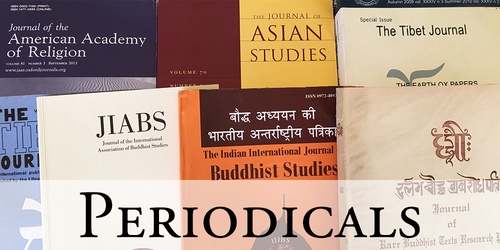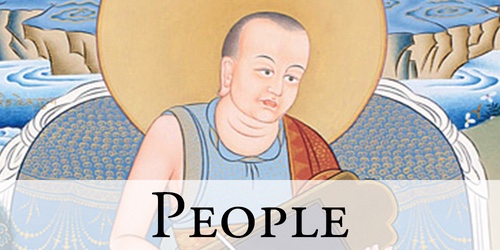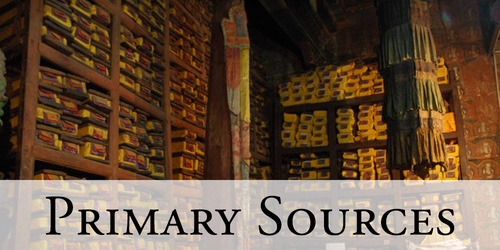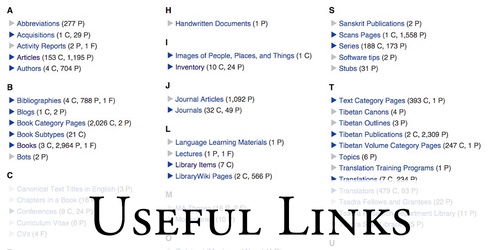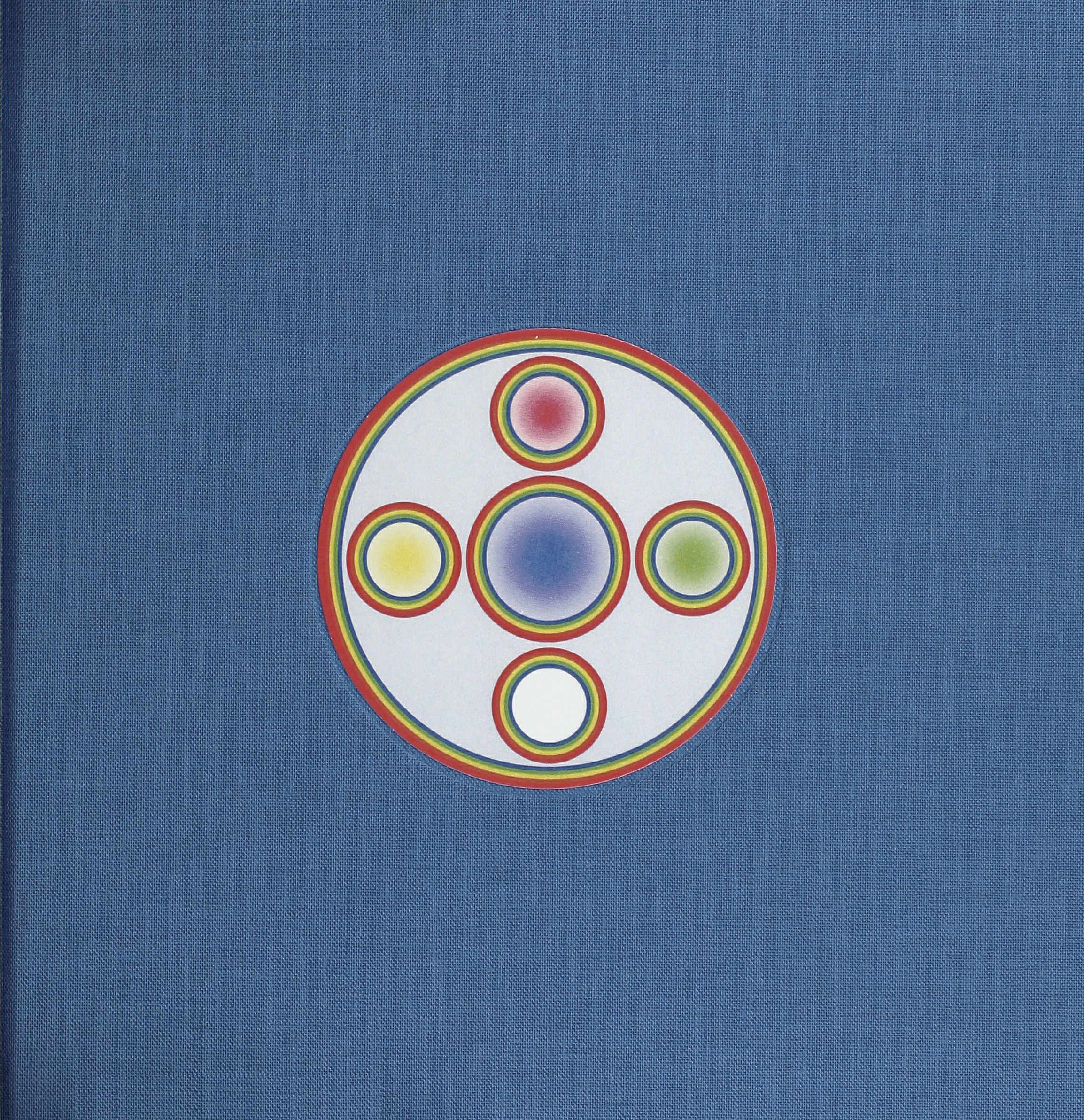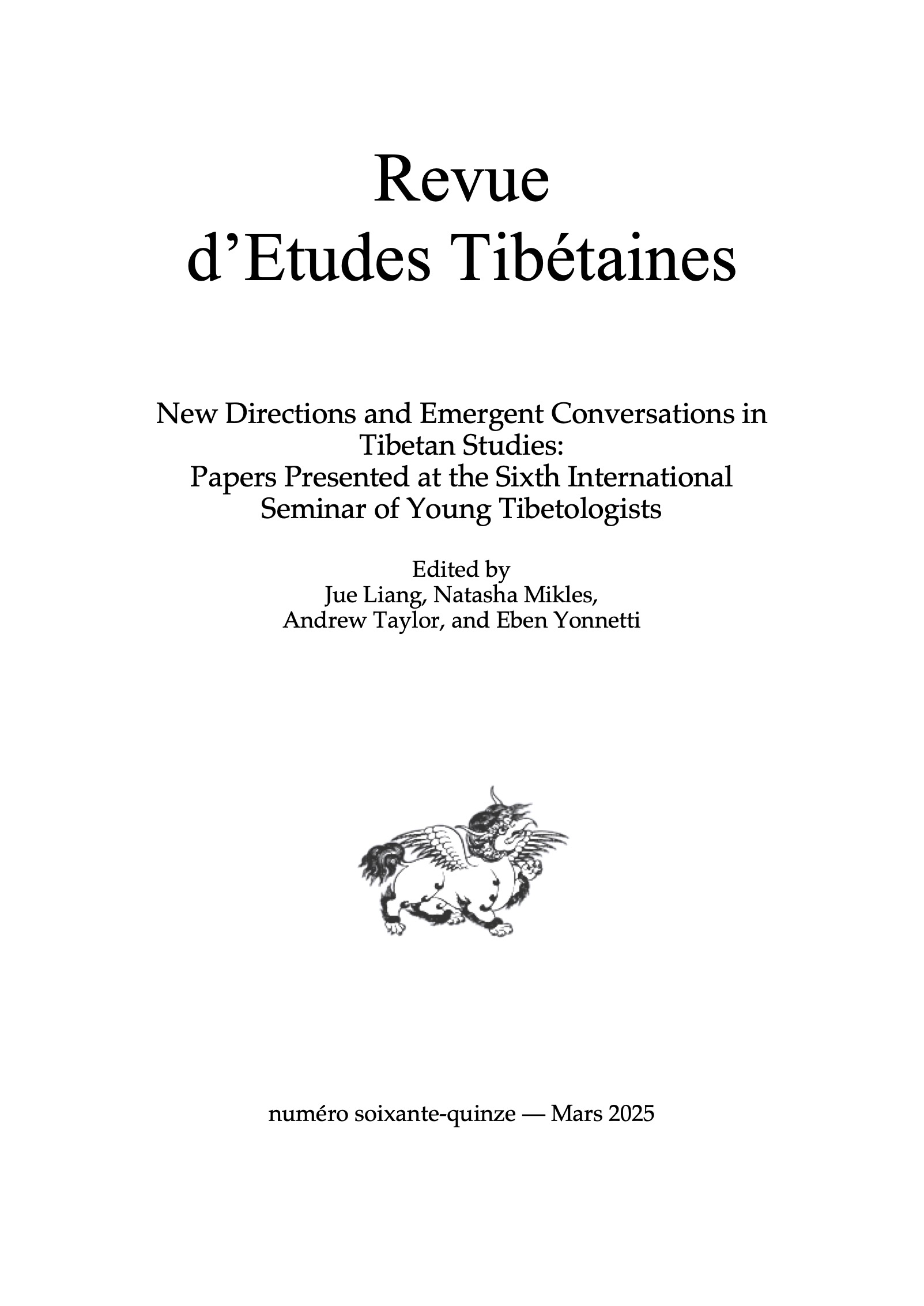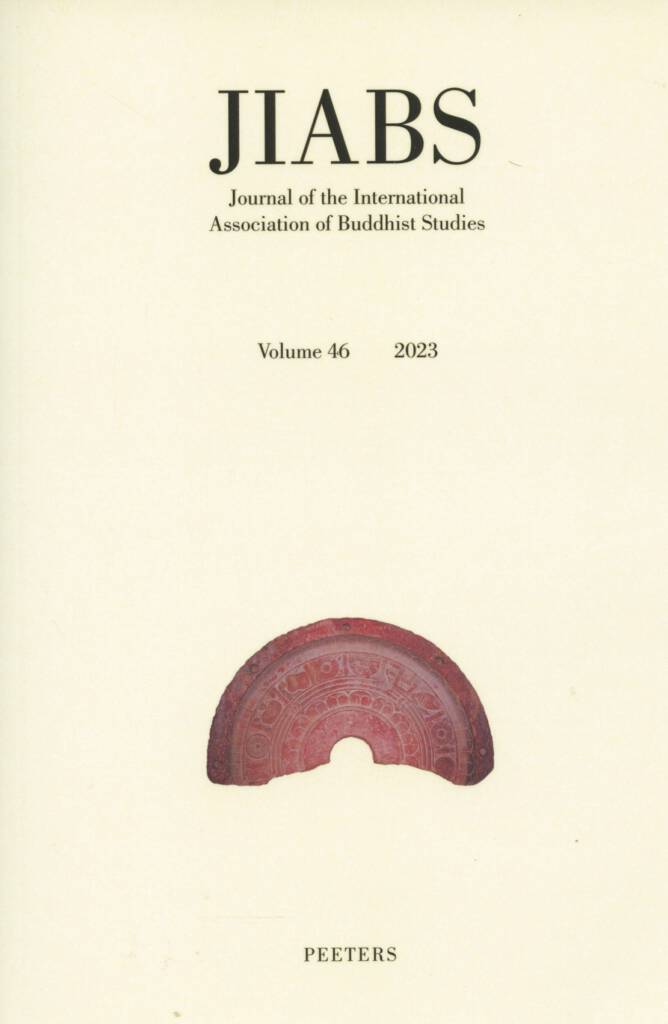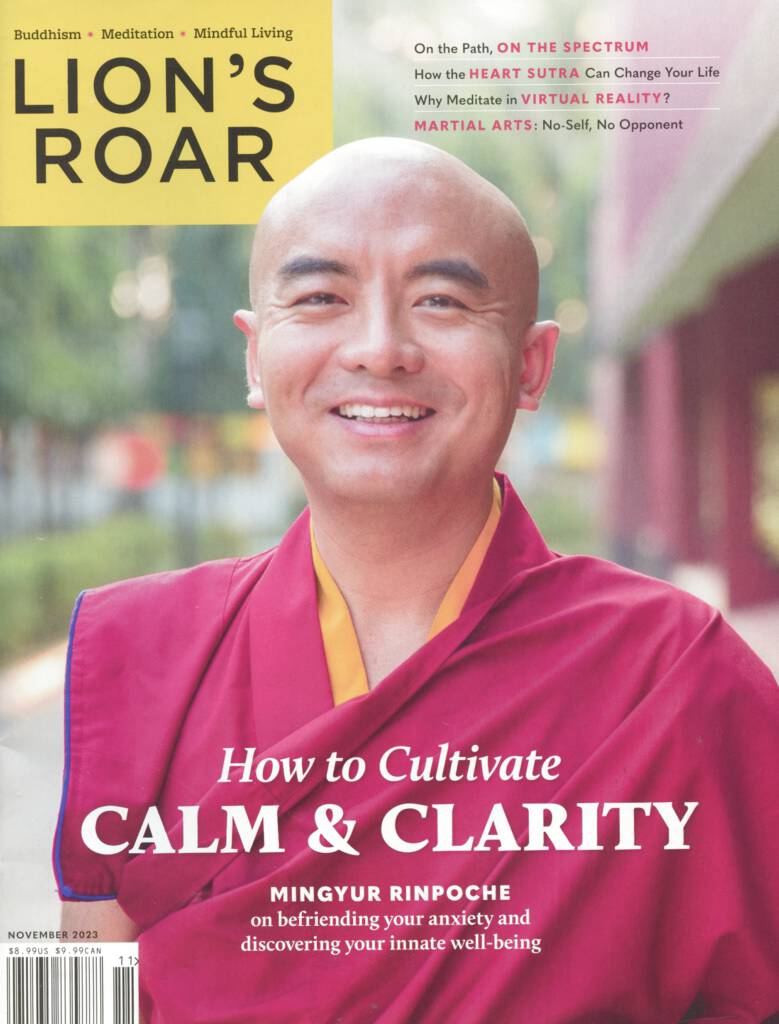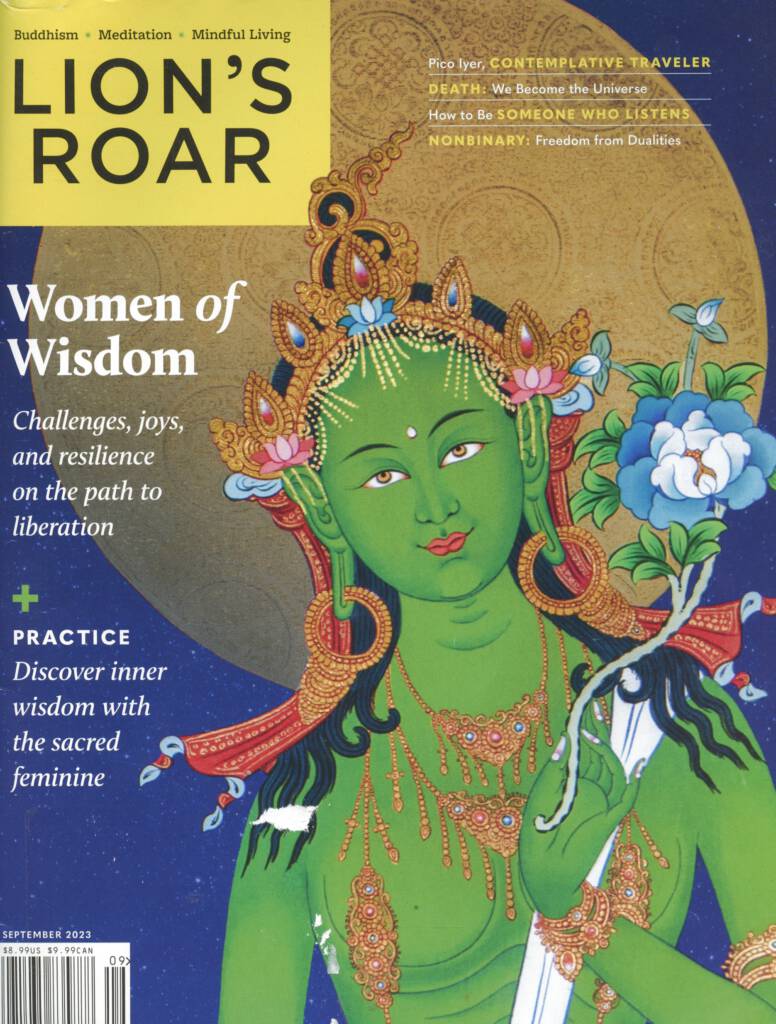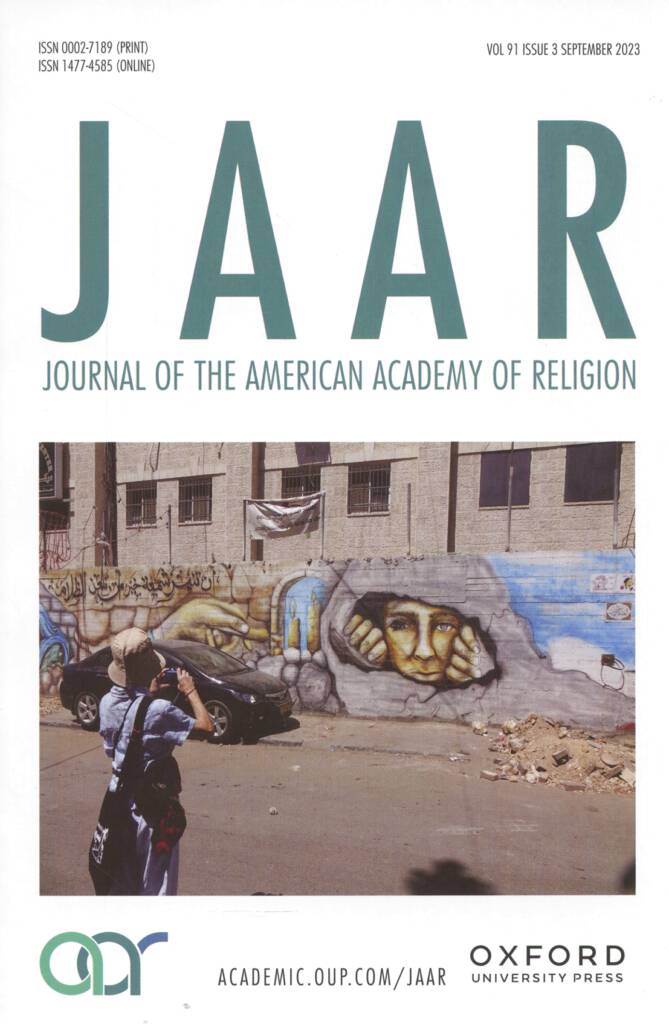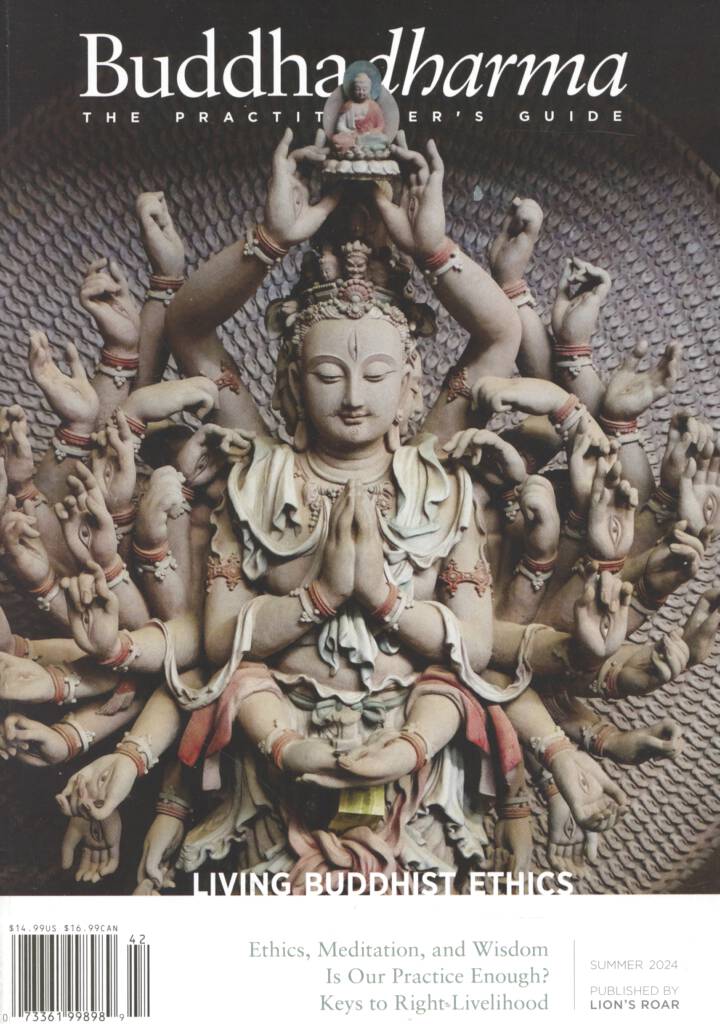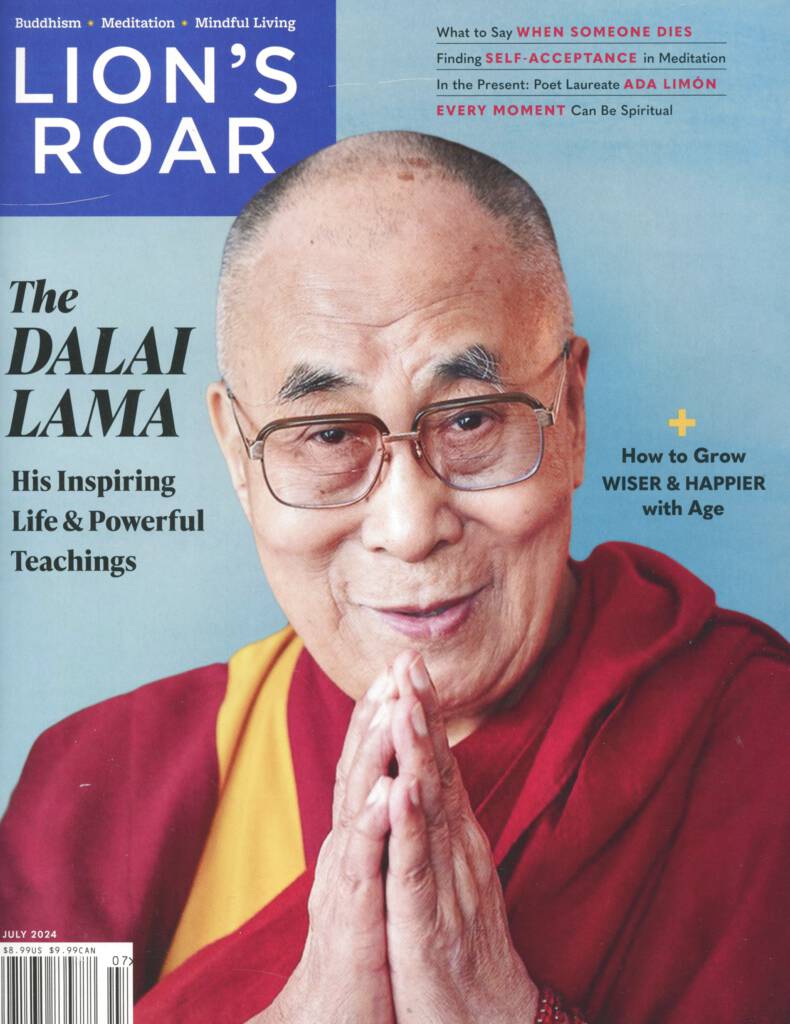Main Page
Make sure to check out our new Glossary search!
These are the books you are looking for...
Featured Books
Bdud 'joms gling pa, Dudjom Rinpoche, Tulku Drime Ozer. Kama Terma Publications, 2011. Contains a translation.
Zentralasiatische Studien 43 (2014). File:Schwieger, Peter 2014 Zentralasiatische Studien 43 International Institute for Tibetan and Buddhist Studies.pdf, Schwieger, P..
Kālacakratantra: The Chapter on the Individual together with the Vimalaprabhā. File:Wallace, Vesna, trans. 2004 The Kālacakratantra-The Chapter on the Individual Together with the Vimalaprabhā Columbia University Press.pdf, .
The Sole Essence of Clear Light: Tröma Tögal Practice, The Terma Revelations of Heruka Dudjom Lingpa and Commentary by One of His Foremost Disciples, Tülku Drimed Ödzer. File:Chonam, Lama and Sangye Khandro, trans 2011 The Sole Essence of Clear Light Kama Terma Publications.pdf, .
Au cœur du ciel: Le système de la voie médiane dans la tradition kagyu. File:Charrier, trans Brunnholzl 2012.pdf, .
Dudjom Lingpa's Chöd: An Ambrosia Ocean of Sublime Explanations and The Profound Heart Essence of Saraha. File:Lingpa, Dudjom, Pema Lungtok Gyatso, Lama Chonam and Sangye Khandro 2014 Dudjom Lingpa's Chöd Berotsana Publications ABBYY10 OCR.pdf, .
The Complete Nyingma Tradition from Sutra to Tantra, Books 1 to 10: Foundations of the Buddhist Path. File:Zangpo, Ngawang 2014 The Complete Nyingma Tradition from Sutra to Tantra, Books 1 to 10 Snow Lion.pdf, .
The Treasury of Knowledge, Book Eight, Part Four: Esoteric Instructions, A Detailed Presentation of the Process of Meditation in Vajrayāna.. File:Kongtrul, Jamgön, Sarah Harding, trans. and Kalu Rinpoche translation group 2007 The Treasury of Knowledge 8, part 4 Esoteric Instructions Snow Lion Publications.pdf, .
Treasury of Esoteric Instructions: An Explication of the Oral Instructions of the Path with the Result. File:Stearns, Cyrus 2012 Treasury of Esoteric Instructions Lama Dampa Sonam Gyaltsen Snow Lion Digital Edition without covers.pdf, Stearns, C..
Holy Madness: Portraits of Tantric Siddhas. , Linrothe, R..
Butön's History of Buddhism in India and Its Spread to Tibet: A Treasury of Priceless Scripture. File:Stein, Lisa and Ngawang Zangpo, trans. 2013 Butön's History of Buddhism in India and Its Spread to Tibet, A Treasury of Priceless Scripture Snow Lion.pdf, .
The Fearless Lion's Roar: Profound Instructions on Dzogchen, The Great Perfection. File:Nyoshul Khenpo, 'jigs med gling pa, klong chen pa 2015 The Fearless Lion's Roar- Profound Instructions on Dzogchen, The Great Perfection Snow Lion ABBYY 10 OCR.pdf, .
Düdjom Lingpa's Visions of the Great Perfection Volume 2: Buddhahood Without Meditation. File:Wallace, Alan 2015 Düdjom Lingpa's Visions of the Great Perfection Volume 2- Buddhahood Without Meditation Wisdom Publications ABBYY10 OCR.pdf, .
New Book Additions
Connelly, B.. Wisdom Publications, 2025.
Orofino, G.. Istituto Italiano per il Medio ed Estremo Oriente, Universita Degli Studi Di Napoli L'Orientale, 2019.
Anālayo. Wisdom Publications, 2025.
Prets, E.. Verlag der Österreichischen Akademie der Wissenschaften, 2022.
Tomabechi, T.. Verlag der Österreichischen Akademie der Wissenschaften, Krung go'i bod rig pa dpe skrun khang, 2009.
Sangpo, Khetsun. Nyingma Dojoling USA, 2025.
Orofino, G.. Istituto Italiano per il Medio ed Estremo Oriente, Universita Degli Studi Di Napoli L'Orientale, 2025.
Anālayo. Wisdom Publications, 2022.
Jones, Charles. Shambhala Publications, 2025.
Boucher, D., Clarke, S.. Wisdom Publications, 2025.
Khandro Rinpoche. Shambhala Publications, 2025.
Apple, J.. Wisdom Publications, 2025.
Karthar, Khenpo. Rinchen Publications, 2009.
Von Schroeder, U.. Serindia Publications, 2008.
Brose, B.. Shambhala Publications, 2025.
Go rams pa bsod nams seng ge, 'gro mgon chos rgyal 'phags pa, Ngag dbang kun dga' bsod nams. Wisdom Publications, 2025.
Hartmann, C.. Oxford University Press, 2025.
Chenagtsang, N.. Sky Press, 2020.
Cousins, L.. Shambhala Publications, 2022.
Harding, S.. Wisdom Publications, 2025.
Patton, R.. Dagpo Rinpoche, Guépèle Institute, 2006.
Wallace, A.. Shambhala Publications, 2022.
Wallace, A.. Shambhala Publications, Snow Lion Publications, 2010.
Ehrhard, Franz-Karl. Lumbini International Research Institute, 2023.
Click here to browse more recent books ➤
New Dissertations
| Citation | Description | Abstract | University | Creation date"Creation date" is a predefined property that corresponds to the date of the first revision of a subject and is provided by Semantic MediaWiki. | |
|---|---|---|---|---|---|
| An Inner Asian Buddhist Revolution: The Rise of Tibetan Buddhism in the Tangut Xia State | Ma, Zhouyang. "An Inner Asian Buddhist Revolution: The Rise of Tibetan Buddhism in the Tangut Xia State." PhD diss., Harvard University, 2023. | The dissertation investigates the Tangut assimilation of the Gsang phu ne’u thog scholastic tradition, which was initiated by Rngog Lo tsā ba Blo ldan shes rab (ca. 1059–1109), a fact that has till now remained unnoticed by previous scholarship.
The translation included in this dissertation is the "Clarification of the Words and Meaning of the Nyāyabindu" the *Rigs pa’i thigs pa’i tshig don gsal bar byed pa, (from Tangut to English). The Tangut translation of the Clarification has four fragmentary manuscript witnesses, namely, #861, #862, #863, and #5022. For our convenience, we will name them M1–M4. These manuscripts are held at the Institute of Oriental Manuscripts, Russian Academy of Sciences, St. Petersburg, Russia.
| The dissertation examines a pivotal moment concerning Buddhism in Inner Asian history,
namely the rise of Tibetan Buddhism in the Tangut Xia State (1038–1227) from the early twelfth century to the early thirteenth century. The dissertation views the Tangut Xia as a prototypical Inner Asian empire from which later empires of China and Inner Asia – the Mongol Yuan (1271– 1368) and Manchu Qing (1636–1911) – arose. Buddhism, and Tibetan Buddhism in particular, has been widely acknowledged as a crucial factor that contributed to the maintenance of the political, social, and cultural structures of those empires. And I propose, to fully understand the dynamics, we must trace its origin to the Tangut State. In general, the dissertation delineates some major figures and events related to the rise of Tibetan Buddhism in the Tangut Xia and discusses their implications. It demonstrates that the success of Tibetan Buddhism in the Tangut Xia was because of some preferable fortuitous conditions of time and space as well as the efforts made by both participants. Specifically, the dissertation investigates the Tangut assimilation of the Gsang phu ne’u thog scholastic tradition, which was initiated by Rngog Lo tsā ba Blo ldan shes rab (ca. 1059– 1109), a fact that has till now remained unnoticed by previous scholarship. The advent of the scholastic tradition gave rise to an audience of Tangut monks who engaged in scholastic training in monastic settings. The many Tangut translations of the Tibetan texts from the Gsang phu scholastic tradition, because their originals are not extant, shed light on the early intellectual history of the Later Diffusion (phyi dar) in Tibet as well. Notably, the significant interest in Dharmakīrti’s (7th c.) Nyāyabindu of some early Gsang phu masters, as attested by the Tangut texts, was previously unknown. The philological connections between the Tangut texts and their Tibetan counterparts provide us with many possibilities to examine the Tangut language. Hence, the dissertation also serves as an attempt to broaden our knowledge of the Tangut Buddhist language, especially with regard to its scholarly language, which was previously often overlooked. The dissertation further examines and presents a partial annotated translation of the first volume of a twelfth-century Gsang phu scholar’s work only preserved in Tangut translation, namely the Clarification of the Words and Meaning of the Nyāyabindu (!"#$%&'(, *Rigs pa’i thigs pa’i tshig don gsal bar byed pa). The translation establishes a substantial ground that allows us to observe the many points addressed above. | Harvard University | 10 July 2025 18:23:11 |
| To See a Mountain: Writing, Place, and Vision in Tibetan Pilgrimage Literature | Hartmann, Catherine. "To See a Mountain: Writing, Place, and Vision in Tibetan Pilgrimage Literature." PhD Diss., Harvard University, 2020. | Seven chapter dissertation on pilgrimage, which includes a full translation of The Guidebook to Gyangme: Vajradhāra’s Feast (starting on page 380). 'Bri gung chung tsang Rig 'dzin Chos kyi grags pa, “Rgyang me'i gnas yig rdo rje 'dzin pa'i dga' ston,“ In Collected Works of Chos kyi grags pa (Kulhan: Drikung Kagyu Institute, 1999), 2: 449– 469. TBRC W22082. | Buddhist thought diagnoses human suffering as the result of a fundamental Buddhist thought diagnoses human suffering as the result of a fundamental misperception of reality. As such, Buddhists have developed practices that aim to replace or improve ordinary ways of seeing the world. In Tibet, one such practice is pilgrimage to holy mountains. This dissertation explores this application of the Buddhist project to restructure perceptual experience. Tibetan pilgrimage is structured around the idea that the holy mountain is actually a wondrous palace for an enlightened deity. Of course, most people do not typically see it in that way, but the goal for pilgrims is to learn to see the mountain as a sacred palace through the transformation of their perception. This project asks how Tibetan texts attempted to transform perception, and explores the role of poetic language, as well as the physical landscape itself, in doing so. The project engages a number of different types of pilgrimage texts—songs and letters of advice for pilgrims, founding narratives of pilgrimage mountains, polemics about the nature of pilgrimage, pilgrimage guides to specific holy places, and a pilgrim diary—which span a time period from 1200 to the 1950s. In each case, it asks how these works approach the problem of training people to see the holy place’s theoretically invisible wonders. This dissertation argues that Tibetan pilgrimage texts treat perception as an active process that is malleable and subject to reframing and reinterpretation, and that they develop techniques whereby the pilgrim works with the material world in order to transform perception. Such techniques, which I refer to as “practices of seeing,” include specialized forms of reading the landscape for signs, practices of writing and reading, and an imaginative juxtaposition of physical and idealized landscapes. These practices facilitate what I call “co-seeing,” a state in which the pilgrim sees the site in two ways at once; that is, they see it in one way with their ordinary perception and in another quite different way in their mind’s eye. Practices of seeing thereby help the pilgrim to elide the gap between ordinary perception and extraordinary vision, thus creating the conditions for potentially transformative religious experiences. | Harvard University | 20 May 2025 19:10:07 |
| The Life and Collected Works of Tibetan Lojong Master Tokmé Zangpo (1295-1369) | Chien, I-Ling. "The Life and Collected Works of Tibetan Lojong Master Tokmé Zangpo (1295-1369)." PhD diss., University of Virginia, 2015. | This study concerns the biography and Collected Works of Tibetan Lojong master
Tokmé Zangpo (1295-1369). Among diverse Buddhist spiritual exercises, the cultivation of compassion explored in Tibetan Lojong, or mind training, literature is arguably the most prominent and popular teaching about compassion meditation. Beginning in the early twelfth century, texts about Lojong teachings gradually evolved into a category of Lojong literature, which became a shared heritage across various Tibetan Buddhist schools. Tibetan master Tokmé Zangpo is renowned for explaining this material in his Collected Works. Tokmé Zangpo’s biography also reflects his Lojong character. This dissertation examines how Tokmé Zangpo is portrayed as a unique compassionate personality in his biography. The research also explores his Collected Works as a source to understand the Lojong tradition. Chapter 1 investigates the relations between the earliest three Tokmé Zangpo biographies. I compare related information in the contents of these three works, as well as other textual evidence to determine their composition times. In so doing, I discover the true identity of the biographer, Zhönnu Gyeltsen Pelzangpo, and that Guide to Your Devotion could be the earliest existing version of Tokmé Zangpo’s biography. Chapter 2 chooses three themes with which to analyze Tokmé Zangpo’s childhood, educational background, and compassionate actions as described in Guide to Your Devotion. Chapter 3 contributes the first research on the authorship and editorship of four editions of Tokmé Zangpo’s Collected Works. This chapter investigates their compilation history. Chapter 4 analyzes the textual organization in Degé Collected Works and divides its one hundred and fourteen texts into ten different categories. This analysis discovers that Degé Collected Works functions as a central source for understanding Tokmé Zangpo’s Lojong philosophy. Chapter 5 shows that Tokmé Zangpo’s concept for his Lojong lineage was shaped by his involvement with Kadam masters and texts. I argue that the unique element of Tokmé Zangpo’s Lojong lineage is the inclusion of the five masters who are associated with Asaṅga. By so doing, Tokmé Zangpo created a better credibility for his Lojong lineage. In conclusion, this dissertation contributes to the study of Tokmé Zangpo’s biography and Collected Works as related to the subject on Lojong. | University of Virginia | 25 February 2025 22:47:23 | |
| An Early Tibetan Perspective on the Hermeneutical Scheme of the Three Wheels of Dharma: The Case of 'Jig-rten gsum-mgon and the Early Exponents of the dGongs gcig | Querl, Katrin. "An Early Tibetan Perspective on the Hermeneutical Scheme of the Three Wheels of Dharma: The Case of ’Jig-rten gsum-mgon and the Early Exponents of the dGongs gcig." PhD Diss, University of Vienna, 2022. https://www.academia.edu/115666678/An_Early_Tibetan_Perspective_on_the_Hermeneutical_Scheme_of_the_Three_Wheels_of_Dharma_The_Case_of_Jig_rten_gsum_mgon_and_the_Early_Exponents_of_the_dGongs_gcig?source=swp_share | Thesis Abstract in English
teachings according to the needs and capacities of individual trainees. He is thus famously compared to a skilled physician who provides effective remedies for the various ailments of patients. Over the centuries, traditional Buddhist scholars have devised systems to classify the Buddha's context-bound statements in order to reconcile differences and articulate rules for interpretation, an endeavor which western academics have recently referred to as “Buddhist hermeneutics.” One of the traditional hermeneutical tools is to sort the sūtras, believed to be the words of the Buddha, into three sets of teachings: the so-called three wheels of Dharma (chos kyi 'khor lo : dharmacakra). This dissertation traces the development of the hermeneutical scheme of the three wheels from its beginnings in Indian Buddhism to the Tibetan Buddhist tradition, with special focus on the works of the bKa'-brgyud-pa scholar ’Bri-gung 'Jig-rten gsum-mgon (1143- 1217) and his immediate disciples Shes-rab ’byung-gnas (1187–1241), Rin-chen byang-chub (13th century), and rDo-rje shes-rab (13th century). Written in a formative period of Tibetan Buddhism, in which the “later spread” (phyi dar) of Buddhism to Tibet had come to an end and the formation of distinct Tibetan schools was underway, their writings on the three wheels of Dharma played a key role in the tradition building processes of the early bKa’- brgyud school. | Universität Wien | 4 February 2025 20:30:32 | |
| Sakya Paṇḍita's Ritual for Generating the Mind According to the Madhyamaka Tradition (dbu ma lugs kyi sems bskyed kyi cho ga) (Chao 2023) | Chao, Bella. "Sakya Paṇḍita's Ritual for Generating the Mind According to the Madhyamaka Tradition (Dbu ma lugs kyi sems bskyed kyi cho ga)." MA thesis, Centre for Buddhist Studies at Rangjung Yeshe Institute, Kathmandu University, 2023. | Abstract
The following thesis presents the first annotated English translation of the Ritual for Generating the Mind According to the Madhyamaka Tradition (dbu ma lugs kyi sems bskyed kyi cho ga). It is one of over one hundred texts of Sakya Paṇḍita Kunga Gyaltsen (sa skya paṇḍita kun dga' rgyal mtshan, 1079-1153) in the Collected Works of The Founding Masters of the Sakya (sa skya bka’ ’bum). Through his role as one of the five founders of the Sakya school and his polemic works, A Clear Differentiation of the Three Codes (sdom gsum rab dbye), Sakya Paṇḍita’s perspectives on the bodhicitta vow have had a profound and long-lasting impact in Tibetan Buddhism. This text provides a window to further understand his thoughts on the ritual related aspects of the bodhicitta vow. There are two main parts: an introduction and an annotated translation. Part One consists of contextualization of the text and textual analysis. It begins with an introduction to ritual manuals for conferring or taking the bodhicitta vow. This is followed by an introduction of the author, including exploration of the text in relationship to other texts in the author’s literary corpus. Then the thesis delves into an in-depth analysis of the text. This includes identification of its target readership, structure of the text, and two key messages presented in the text: advocacy of a clear differentiation of two ritual traditions, which are termed as the Cittamātra tradition and the Madhyamaka tradition by the author, and key elements of the ritual of the bodhicitta vow prescribed in the text. The final section of Part One presents the historical context of the author’s position of calling for recognition of the two ritual traditions and a strict adherence to either of the traditions. Part Two begins with an introduction listing textual witnesses for the translation. It then discusses translation choices in terms of the presence of footnotes, the selected way to render the key term sems bskyed in English, and treatment of citations. The main section of Part Two consists in an annotated translation of the Ritual for Generating the Mind According to the Madhyamaka Tradition. The translation is accompanied by a topical outline created by the translator for ease of reference. This thesis contributes to the overall understanding of bodhicittopāda ritual manuals, and specifically Sakya Paṇḍita’s views on the two Indian ritual traditions and what constitutes a Madhyamaka-tradition ritual. | 22 January 2025 00:39:11 | ||
| The Origin of Bodhicitta and Its Development in Chinese Buddhism (Lin 2005) | Lin, Mei-feng. "The Origin of Bodhicitta and Its Development in Chinese Buddhism." PhD diss., University of the West, 2005. | This dissertation is a study of the single Buddhist term, ‘bodhicitta’ in which I have attempted to explain the concept, its gradual evolution and development through time. This study, based mainly on 260 treatises from Chinese Buddhist Canon, is divided into six chapters. The first chapter is an introduction to the origin of the concept of bodhicitta, a summary of the development of the concept of bodhicitta that is explored in the following chapters and the methodological remarks concerning the tools of analysis and interpretation used in this study. The second chapter, “The Development of the Concept of Bodhicitta,” deals with the definition and types of bohicitta, a clarification of the relationship among bodhicitta, Buddha Nature and tathagatagarbha, as well as, their Chinese historical background. The third chapter, “Production of Bodhicitta and its Regression,” discusses the reasons for producing bodhicitta under five categories, the evolution in producing bodhicitta over time, as well as, a comparison and contrast between regression ad non-regressions. The psychological exploration of bodhicitta is concerned with its function associated with consciousness in order to understand how to cultivate the Bodhicitta Way and to attain Buddhahood without regression. The fourth chapter,” Bodhicitta Practice and its Result,” enumerates the practices and the results of bodhicitta, as well as, their significance in Chinese Buddhism in accordance with the time-line between the fourth and teentith centuries CE. In addition bodhicitta and Humanistic Buddhism, bodhicitta and anuttarasammasambodhi, the model of Sakyamuni’s practice and the role of bodhicitta in the achievement of the Buddha’s wisdom, are examined. The sixth chapter concludes all the foregoing chapters with fourteen findings. | University of the West | 17 January 2025 18:02:51 | |
| Transformative Power: Adhiṣṭhāna and Byin Rlabs in Indo-Tibetan Buddhism (Eyre 2023) | Eyre, Collin. Transformative Power: Adhiṣṭhāna and Byin Rlabs in Indo-Tibetan Buddhism. PhD diss., California Institute of Integral Studies, 2023. | Abstract
The Tibetan term byin rlabs and its precursor Sanskrit equivalent, adhiṣṭhāna—commonly translated as “blessing,” “grace,” or “inspiration”—is an important concept in Indo-Tibetan Buddhism. Translation choices used most frequently to date have semantic entailments that do not convey the full complexity of meaning found within the Sanskrit and Tibetan language terms, and consequently have limited the conceptual understanding of this term etically. This study presents a hermeneutic inquiry into the range of usage for these technical Buddhist terms, as they are found within the texts and praxis of these traditions. A range of texts is surveyed, starting with precedents from the Pāli Tipiṭaka, looking at early usages of the Pāli equivalent for adhiṣṭhāna. We investigate usages in other Śrāvakayāna sources and Mahāyāna sūtras as found in the Tibetan Buddhist canon. Lastly, we examine instances in important Vajrayāna commentarial works. Key thematic elements are identified and discussed as important for understanding the scope of usage of adhiṣṭhāna and byin rlabs, respectfully. Due to the complex framing found around these terms, a functional definition, based on Tibetan sources, of what byin rlabs does is proposed as a more apt means of understanding the term. Finally, “transformative power” is suggested as the most accurate translation choice, should an English equivalent be needed, for most usages of byin rlabs. | California Institute of Integral Studies | 18 December 2024 22:39:51 | |
| The Enlightenment of the Body: The Theory and Practice of Winds and Channels Yoga at Namdroling Monastery and Nunnery in South India (Worth 2022) | Worth, Naomi. "The Enlightenment of the Body: The Theory and Practice of Winds and Channels Yoga at Namdroling Monastery and Nunnery in South India." PhD diss, University of Virginia, 2022. | Abstract
This dissertation documents how the practice of winds, channels, and inner heat (rtsa rlung gtum mo) unfolds at Namdroling Tibetan Buddhist monastery and nunnery in Bylakuppe, Karnataka, India. The study was prompted by several questions. First, how does the Great Perfection (rdzogs chen) tradition of Tibetan Buddhism present the body and embodiment in practices involving physical yoga postures? Second, does Great Perfection philosophy of the mindbody connection explain how physical yoga practices work? And third, how do Great Perfection views of the body impact contemporary practitioners? These questions were explored using both ethnography and textual analysis during fieldwork in 2018 and 2019. The monks and nuns at Namdroling discussed the Tibetan Yoga practice of winds, channels, and inner heat and its associated philosophy of the vajra body in formal discourses, interviews, and one-on-one classes. In turn, they posed questions about how traditional Tibetan Buddhist representations of the body fit with modern scientific views. This sparked an intercontinental conversation brokered by the author about Great Perfection philosophy and contemporary philosophy of mind. Two texts provide information on practice and philosophy. Migyur Dorje and Karma Chakme's Sky Dharma (gNam chos) contemplative trilogy guides practitioners on how to practice inner heat (gtum mo) and postures ('phrul 'khor). Information on Sky Dharma was gathered from oral teachings, the texts themselves, and translations by Namdroling monastics. The second textual basis is Longchen Rabjam's (kLong chen rab 'byams, 1308-1364) encyclopedic Treasury of the Supreme Vehicle (Theg mchog mdzod), which provided greater detail on mind-body philosophy through the vajra body (rdo rje lus) paradigm. An examination of the life of literature on a monastic campus is brought to light. The culmination of this research unfolds in the final chapter, an analysis of the relationship between theory and praxis. In particular, Longchenpa's text defines limits for the female body so that women cannot achieve the highest results from winds and channels practices. This controversy invites an examination of the lives of contemporary nuns. Issues that pertain to globalization, Buddhist modernism, and technology influence the ways the monks and nun interpret Buddhism's edict to “do no harm” when women are singled out. | University of Virginia | 14 November 2024 20:48:10 | |
| A Study and Annotated Translation of Ju Mipham Gyamtso's (1846–1912) Short Commentary on the Profound Song on the View (Anselme 2024) | Anselme, Frederic (Ananda). "A Study and Annotated Translation of Ju Mipham Gyamtso’s (1846–1912) Short Commentary on the Profound Song on the View (lta ba’i mgur zab mo’grel chung)". MA Thesis, Center for Buddhist Studies at the Rangjung Yeshe Institute, Kathmandu University, 2024. | This dissertation presents a study and annotated translation of A Short Commentary on the Profound Song on the View (lta ba’i mgur zab mo ’grel chung) written by the great polymath Ju Mipham Gyamtso (’ju mi pham rgya mtsho, 1846–1912), a leading scholar from the Nyingma (rnying ma) tradition associated with the non-sectarian (ris med) movement in 19th-century Tibet. He comments on a famous poem called A Profound Song on the View (lta ba’i mgur zab mo)—also known as Recognizing My Mother (a ma gnos dzin) composed by Changya Rölpa’i Dorje (lcang skya rol pa’i rdo rje, 1717–1786), a conservative Gelugpa (dge lugs pa) philosopher. In his Short Commentary, Mipham Rinpoche demonstrates in very positive terms how Rölpa’i Dorje’s view of the Great Middle Way (dbu ma chen po) matches his own understanding of the view of the Great Perfection (rdzogs pa chen po). In our presentation of Mipham’s commentary, we delve into the historical development of the Great Middle Way and the interpretation of the term across different Tibetan Buddhist traditions. We then discuss the way Mipham reconciles these seemingly divergent tenets and unifies them in a single philosophical system recently tagged by Dorji Wangchuk who investigated Mipham’s literature with a Sanskrit neologism: *Yuganaddhavāda. In the course of our presentation of Mipham’s harmonization of views, we engage in the way his Short Commentary addresses philosophical tensions but also enriches the understanding of Buddhist hermeneutics and practice, offering valuable insight for scholars and practitioners alike. By contrasting excerpts from his Short Commentary with passages from commentaries composed by four major Gelugpa scholars, we demonstrate Mipham’s innovative contribution to a broader discourse on Buddhist philosophy with a unifying ground for a fertile inter-sectarian dialogue that fosters mutual respect. (ABSTRACT) | Rangjung Yeshe Institute Kathmandu University | 4 September 2024 18:33:48 | |
| Sacred Illusion: On Purity and Creation in Je Tsongkhapa's Philosophy of Tantra (Natanya 2017) | Natanya, Eva. "Sacred Illusion: On Purity and Creation in Je Tsongkhapa's Philosophy of Tantra." PhD diss., University of Virginia, 2017. https://doi.org/10.18130/V3ZW5V | This dissertation explores the soteriological worldview of Je Tsongkhapa Lobsang Drakpa (rje tsong kha pa blo bzang grags pa, 1357-1419), one of the renowned religious thinkers of Tibetan Buddhism. By examining several of Tsongkhapa’s major Vajrayāna commentaries on the system of Guhyasamāja concurrently with one of his earliest works on the Mind-Only school, as well as his last work on Middle Way philosophy, I seek to discover how different portions of his thought, which have usually been treated separately, might be understood to form a systematic whole. I propose that we might better grasp the practical, transformative applications of Tsongkhapa’s Middle Way view when reading these texts in the light of his broader vision of Buddhist cosmology, ethics, philosophical anthropology, and epistemology. Furthermore, I posit that we gain insight into lesser known implications of Tsongkhapa’s Madhyamaka when turning to passages where he explained that view specifically for the purpose of Vajrayāna meditation. Through analysis of the diversity of karmic seeds and tendencies as presented in a Yogācāra context, their relationship to perceptual theory in Tsongkhapa’s explanations of Dharmakīrti, the idea of a “mere I” as the infusion substrate for all the seeds, and the emptiness of that “I” as a basis for ultimate purity, I suggest a theory of tantric practice that seems to lie implicit in Tsongkhapa’s Vajrayāna commentaries, yet would not be evident when reading any one of them in isolation. | University of Virginia | 23 April 2024 19:32:37 | |
| Poisoned Ground: The Roots of Eurocentrism (McClellan 2013) | McClellan, Joseph Mark. "Poisoned Ground, The Roots of Eurocentrism: Teleology, Hierarchy, and Anthropocentrism." PhD diss., Columbia University, 2013. | The dissertation starts with the premise that Eurocentrism, in philosophy and many other areas, continues to be a problem. It comes from the belief in teleological history, which itself rests on hierarchical, anthropocentric metaphysics. To combat the negative effects of Eurocentrism, we must establish alternatives to the metaphysics it rests on and the historical attitudes that it constructs and maintains. The dissertation is divided into three main parts, each with a number of subdivisions. Part one sketches the history of academic Eurocentrism and demonstrates that it is built on a combination of historical ignorance and certain presuppositions associated with Western religious thinking. Specifically, Eurocentrism, since the modern era, has substituted the monotheistic Deity with a peculiar notion of Reason, and has constructed a myth that Reason, and all the positive things it signifies, are uniquely European. Part two is the longest section and it examines Hegel's influence in building the Eurocentric world. He expounds a history that is unequivocally teleological, in which non-European people and ways of thinking are stepping-stones to the more highly evolved European, Christian culture. The events of history have been the unfolding of a code, and that code, or Logos, was discovered in his Science of Logic. This underlying Logic explains both the life of the mind--described in his Phenomenology of Spirit--as well as the life of the world, described in other works, such as his Lectures on the History of Philosophy and Philosophy of History. However, is the Logos truly the source-code for historical events showing them to be completely determined by a preexisting fate? Or does it merely explain the conditions of the possibility for events to arise, the way that they constantly do arise and have arisen? These are completely different alternatives and their implications are massive. I then compare diverging interpretations of Hegel that choose to focus on either his anthropocentric historical teleology, or else his more abstract and spacious metaphysics, which may undermine much of his historical theory. The thrust of these chapters is to show that anthropocentric metaphysics support beliefs in teleological history, which leads to political and social practices of inequality and injustice (e.g., Eurocentrism). To counter this tendency of Hegel's, I consider Darwin's insights against teleology, as well as contemporary object-oriented-ontology, which help us move beyond philosophical anthropocentrism. Rather than being absolute antipodes to these developments, Hegel's theories are adaptable enough to be a useful resource for non-teleological, non-anthropocentric, and non-Eurocentric theories. Part three focuses on the role of language and metaphor in the Eurocentric canons of philosophy. For example, Hegel famously employs the metaphor of the master and slave to describe the dialectical process at work in both the mind and history. The metaphor has significant heuristic power, but it is still a metaphor. When taken literally, it can lead to dangerous misunderstandings about history and justifications for violence. Moreover, when Hegel writes about the Oriental and the African, those terms are hidden metaphors: they do not denote any real persons. However, what he says about them has historically been taken literally, thus leading to warped attitudes about real Asians and Africans in the world. I also analyze the role of literary style in establishing Eurocentric canons, suggesting that an important critical development against Eurocentrism would be the proliferation of alternative writing styles to the entrenched norms of the argumentative monograph and journal article. (Source: Columbia University) | Columbia University | 19 January 2024 20:09:19 | |
| The Carefree Dzogchen Yogi of Dolpo, Tadru Orgyan Tenzin (1657-1737): A Partial Translation and Study of The Condensed Life of the Old Beggar Orgyan Tenzin (sprang rgan o rgyan bstan 'dzin pa'i rnam thar bsdus pa) (Smith 2023) | Smith, Michael D. "The Carefree Dzogchen Yogi of Dolpo, Tadru Orgyan Tenzin (1657-1737): A Partial Translation and Study of The Condensed Life of the Old Beggar Orgyan Tenzin (sprang rgan o rgyan bstan 'dzin pa'i rnam thar bsdus pa). MA thesis, Kathmandu University, 2023. | Abstract
This paper offers a contextual study of The Condensed Life of the Old Beggar Orgyan Tenzin (sprang rgan o rgyan bstan 'dzin pa'i rnam thar bsdus pa), one of two biographical works available about Tadru Orgyan Tenzin (lta gru o rgyan bstan 'dzin, 1657-1737). Orgyan Tenzin was well-known in his time. He was a prolific teacher of Vajrayāna practice and Dzogchen and mahāmudrā meditation active in all areas of Dolpo from the 1680s until his death. Previously, his life has been briefly introduced by Ehrhard (2013) and Schaeffer (2004). Chapter 1 of this paper discusses academic literature relevant to this study and provides an overview of the methodology of this thesis. Chapter 2 introduces the place, time period, and circumstances of his life; and provides an overview of Orgyan Tenzin’s travels and activities. Chapter 3 summarizes what is known about his numerous teachers and the primary textual transmissions Orgyan Tenzin received. Chapter 4 describes the genre of Tibetan spiritual biography and Chapter 5 explores the inter-textual aspects of Orgyan Tenzin's biographical writings, with attention given to the unique textual relationship between Orgyan Tenzin's shorter length autobiography, translated here, and his longer collection of songs, The Melodies from Mountain Retreat, by the Lord of Yogis Orgyan Tenzin (rnal 'byor gyi dbang phyug o rgyan bstan 'dzin zhes bya ba'i ri khrod kyi nyams dbyangs). Other inter-textual characteristics of the autobiography are examined, which are detailed in the footnotes to the translation, along with relevant translations of passages from The Melodies. Comprehensive catalogues of the 220 songs identified in the two biographies are included as appendices. | Kathmandu University | 17 November 2023 23:42:10 | |
| Click here to browse more recently added dissertations ➤ | |||||
New Periodical Issues
Click here to browse more recently added periodical issues ➤
New Articles
18 July 2025 16:32:17
23, Vol. 2006 : {{{13}}}
26 June 2025 19:58:35
92, Vol. 2024 : {{{13}}}
24 June 2025 17:00:41
Vol. 2025 : {{{13}}}
17 June 2025 20:28:25
Vol. 2025 : {{{13}}}
9 June 2025 16:58:27
Vol. No date provided : {{{13}}}
7 May 2025 15:44:29
Vol. No date provided : {{{13}}}
11 April 2025 21:24:00
36, Vol. 1988 : {{{13}}}
17 March 2025 16:22:07
Vol. 2007 : {{{13}}}
13 March 2025 21:44:07
Vol. No date provided : {{{13}}}
7 March 2025 19:08:28
17, Vol. 1992 : {{{13}}}
28 February 2025 23:50:31
Vol. 2019 : {{{13}}}
28 February 2025 18:03:13
2, Vol. 2021 : {{{13}}}
Click here to browse more recently added articles ➤



